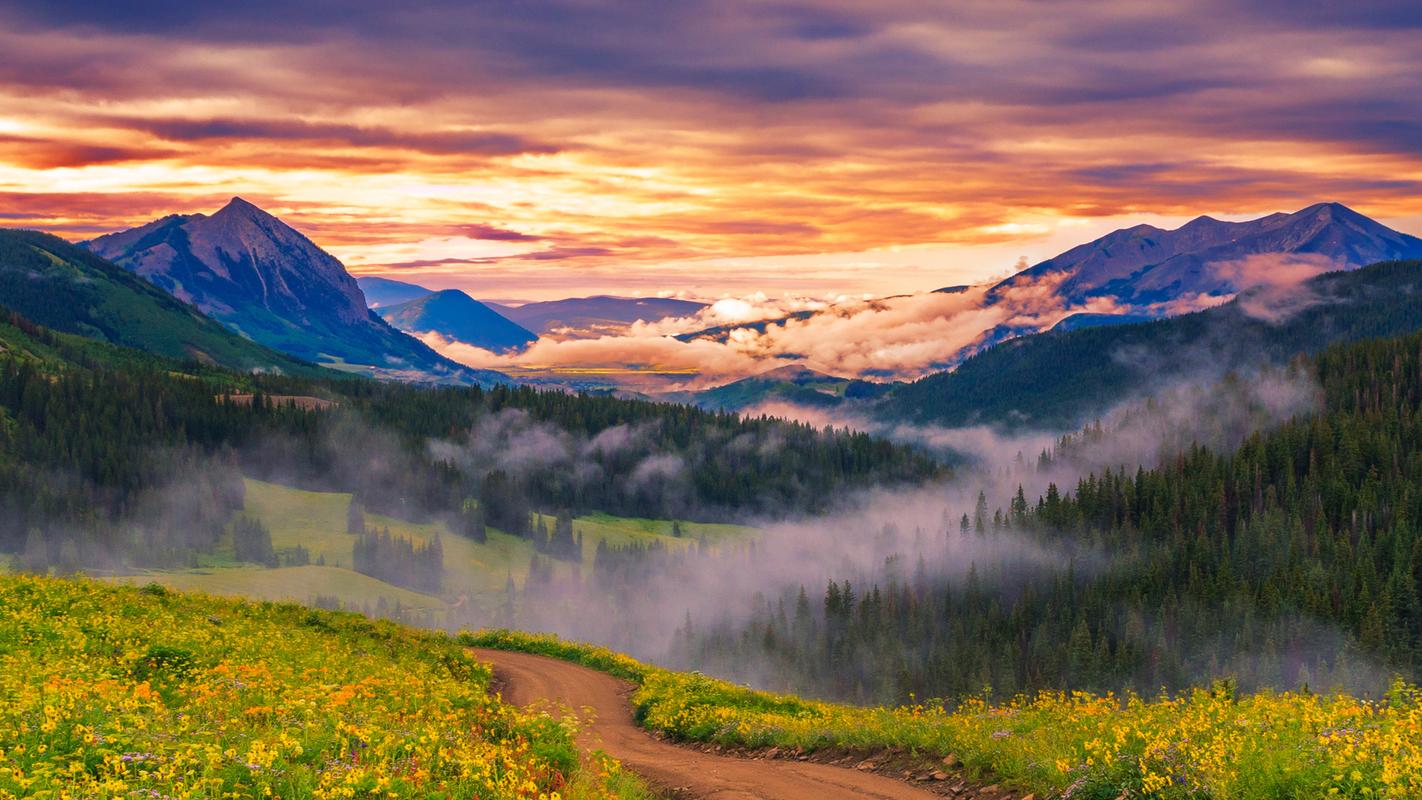Discovering Zimbabwe’s Cultural Traditions: A Journey Through Time
Zimbabwe, a landlocked country situated in southern Africa, is home to a rich cultural heritage that spans many centuries. The traditions of Zimbabwe’s people reflect a long history, marked by ancient traditions and customs passed down from generation to generation. In this article, we’ll take you on a journey through time and guide you on a tour of some of Zimbabwe’s most fascinating cultural traditions.
The Shona people, Zimbabwe’s largest ethnic group, have a rich tradition of dance and music. The mbira, a unique musical instrument, is central to Shona music and is believed to be a powerful tool for connecting with ancestral spirits. The mbira consists of a wooden board with metal keys that are plucked using both thumbs. The music is usually accompanied by complex rhythms and harmonies played on drums and other traditional instruments. If you’re lucky enough to visit Zimbabwe during one of the many cultural festivals, you’ll be treated to an unforgettable display of Shona dance and music.
Another fascinating aspect of Zimbabwe’s cultural heritage is its indigenous art. The stone carvings created by the Shona people are world-renowned for their beauty and spiritual significance. These carvings often depict animals, people, and scenes from everyday life, and are made from a variety of stones including serpentine, soapstone, and verdite. Each piece is unique and is said to possess a spiritual connection with the artist who created it. Many of these carvings are produced in the town of Chitungwiza, which is often referred to as the “Sculpture Capital of Zimbabwe.”
Zimbabwe is also home to several unique cultural events, one of which is the “rainmaking ceremony,” which takes place during the rainy season. This tradition is practiced by the Ndau people, who believe that the ceremony has the power to bring rain and prosperity to their community. The ceremony involves dancing, singing, and the sprinkling of symbolic objects, such as grains of corn and ash, onto the ground. The Ndau people believe that through their performance, they can connect with the spirits and ask for their assistance in bringing much-needed rain to their parched land.
Finally, no journey through Zimbabwe’s cultural traditions would be complete without experiencing the country’s vibrant art scene. Zimbabwean artists are some of the most creative and talented in the world, producing a diverse range of works that span many disciplines, including painting, photography, and sculpture. One of the most exciting places to experience Zimbabwean art is the National Gallery of Zimbabwe, located in the capital city of Harare. The gallery showcases works from both established and emerging Zimbabwean artists and offers a fascinating glimpse into the country’s contemporary art scene.
In conclusion, discovering Zimbabwe’s cultural traditions is like taking a journey through time. From the ancient music and dance traditions of the Shona people, to the modern-day art scene, Zimbabwe offers a wealth of fascinating experiences for travelers who are interested in exploring the country’s rich cultural heritage. Whether it’s experiencing a rainmaking ceremony or admiring the intricate stone carvings, Zimbabwe’s cultural traditions are sure to leave a lasting impression on anyone who is lucky enough to experience them firsthand.
(Note: Do you have knowledge or insights to share? Unlock new opportunities and expand your reach by joining our authors team. Click Registration to join us and share your expertise with our readers.)
